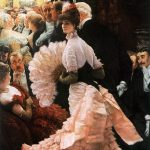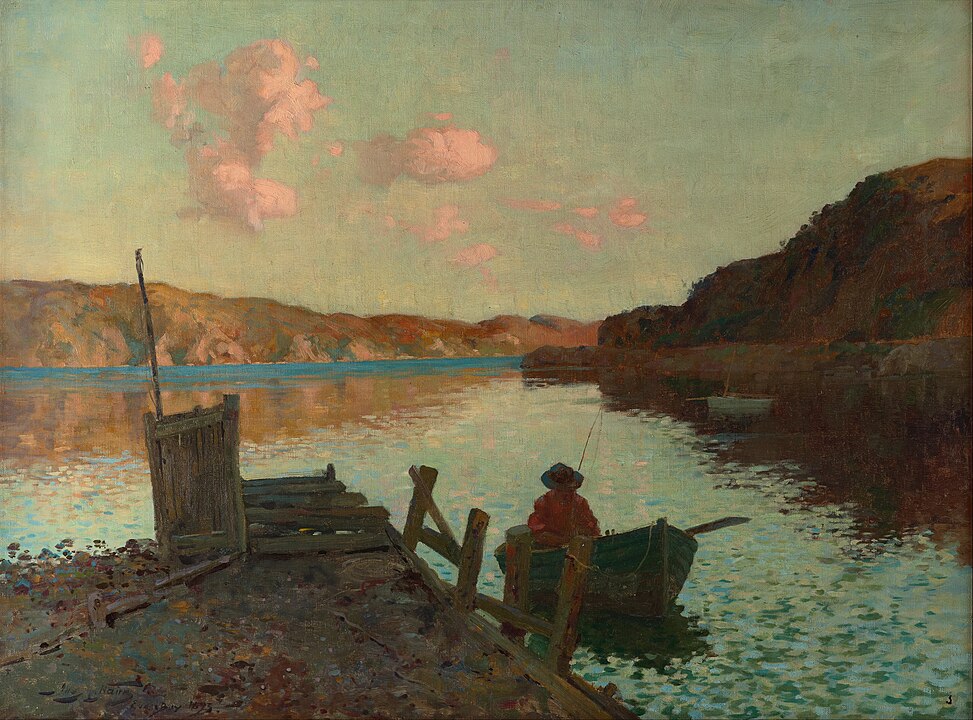
James Nairn, a significant figure in the art scene of New Zealand, was born on February 28, 1859, in Dunedin. As a pioneering artist, Nairn played a crucial role in the development of the arts in New Zealand during the late 19th and early 20th centuries. His contributions spanned painting, teaching, and advocacy, leaving an enduring impact on the cultural landscape of the country.
Nairn’s early years were marked by an innate artistic talent and a passion for the creative process. His formal artistic training commenced at the Dunedin School of Art, where he studied under Girolamo Nerli, an Italian artist. Nairn’s exposure to European artistic techniques and philosophies laid the foundation for his later artistic endeavors.
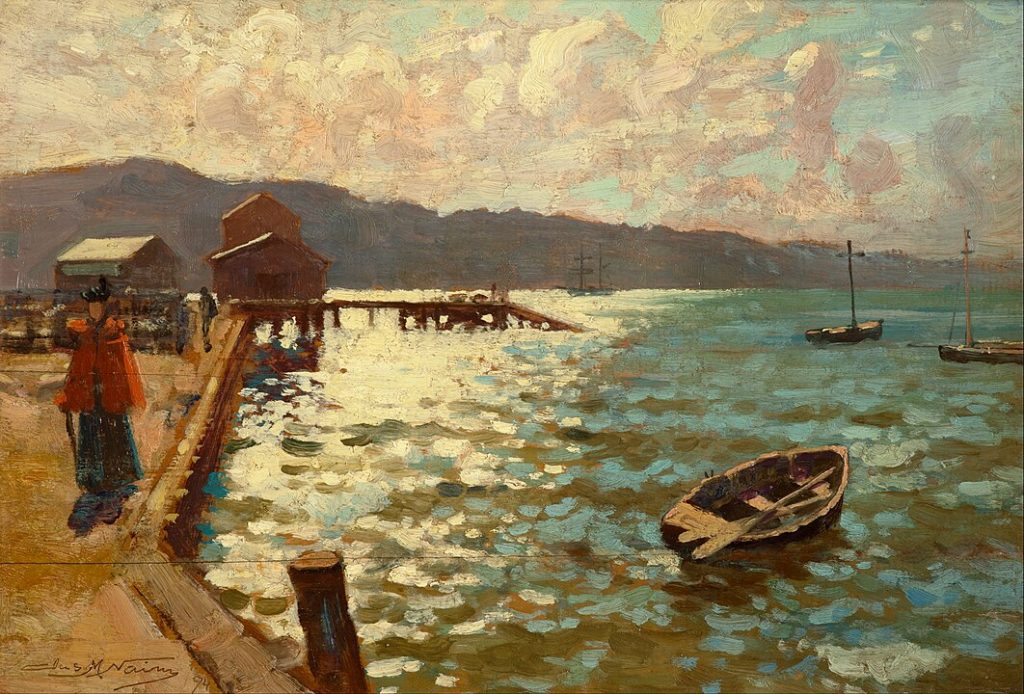
In 1882, James Nairn relocated to Melbourne, Australia, seeking further artistic opportunities. He studied at the National Gallery School and engaged with the burgeoning Australian art scene. The experience broadened his artistic horizons and exposed him to the diverse influences prevalent in the Southern Hemisphere.
Weclome Home
The artist’s return to New Zealand in 1889 coincided with a period of cultural and artistic growth in the country. Nairn became a central figure in the establishment of the Wellington Art Club in 1892, contributing to the development of a supportive community for local artists. His role as a teacher and mentor fostered a collaborative spirit among emerging talents.
Nairn’s artistic style evolved in response to the natural beauty of New Zealand’s landscapes. He found inspiration in the picturesque scenes of Wellington and its surroundings, often painting en plein air to capture the play of light and color. His landscapes, characterized by a luminous quality and a strong sense of atmosphere, reflected a distinctively New Zealand perspective.
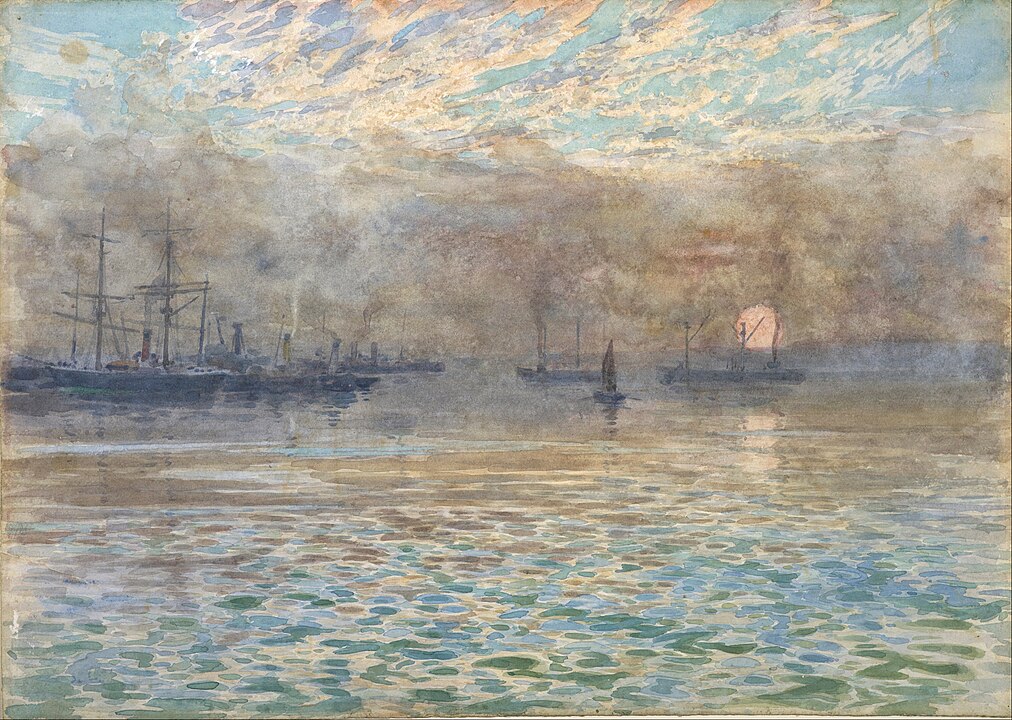
The artist’s commitment to artistic innovation and his embrace of the Impressionist style set him apart in the New Zealand art scene. Nairn’s paintings, marked by loose brushstrokes and an emphasis on the transient effects of light, conveyed a sense of immediacy and vitality. His works, such as “Wellington Harbour” and “Matata,” exemplify his ability to capture the essence of the New Zealand landscape.
Also a Teacher
Nairn’s involvement in the arts extended beyond his studio practice. He played a pivotal role in organizing the New Zealand Academy of Fine Arts in 1892 and served as its president. His efforts aimed to create platforms for artists to exhibit their work and engage with the broader community. Nairn’s leadership contributed to the establishment of an enduring legacy for the arts in Wellington.
Tragically, James Nairn’s life was cut short by tuberculosis, and he passed away on October 22, 1904, at the age of 45. Despite his relatively brief career, Nairn’s influence lingered through the artistic community he helped nurture. The New Zealand Academy of Fine Arts continues to thrive, a testament to his vision for the promotion of the arts in the country.
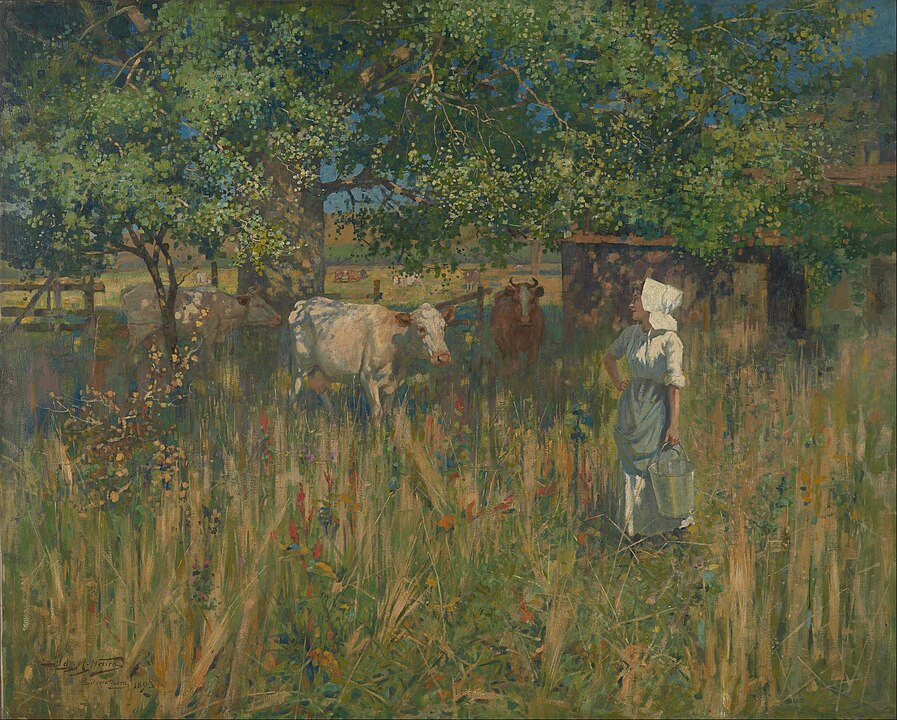
James Nairn’s legacy endures through the appreciation of his vibrant and evocative paintings. His contributions to the cultural life of New Zealand, both as an artist and an advocate for the arts, remain integral to the narrative of the country’s artistic development. The enduring impact of Nairn’s work is felt not only in galleries and exhibitions but also in the continued inspiration he provides to contemporary artists seeking to capture the spirit of Aotearoa, the Land of the Long White Cloud.






